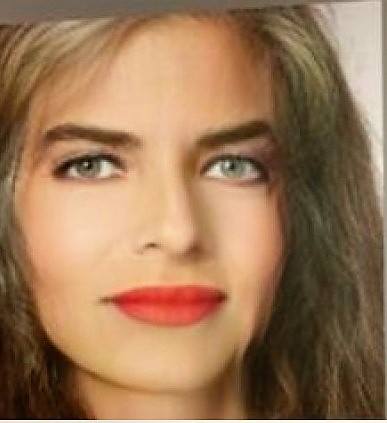Different perspectives on women in the arts
Learning from University of Malta Conference Art, Education, Power of Mindby Nataša Pantović
As Malta approaches another Equinox, or Eastern, University ensures that the programme of events celebrate Woman’s Day with a cultural twist. The spring season brings another Conference entitled: ‘Different perspectives on women in the arts'.
The women’s activists fought for women’s right to work, to vote, and to have equal access to education. In 1882 in England, women were for the first time allowed to keep their own earnings, and were allowed into Oxford or Cambridge University much later. Change came at a snail’s pace.
We examined the fascination Oriental art and life in the Middle East held for European artists. What appears to have been a ‘golden cage’ carried an unusual amount of freedom. Oriental interiors, depicted usually in Constantinople (Istanbul) hid pictures of exotic, colourful Oriental carpets, servants bringing in entertainment, and the naked women bathing or resting on the carpets or sofas seemingly perfectly content.
However, in Europe women’s natural place was in the home, where she is protected from all danger and temptation. The man guards the woman from all, within his house. A luxurious enclosed life did not refer to a working class or a village women cultivating lands, or slaving away surrounded by many kids in a house with no electricity, no running water, with heavy loads to carry.
The pictures do say a lot more about male fantasies than the reality of life in a harem. Ottoman Princess Senila Sultan in a letter to her friend says: ‘The things they make up about us are unimaginable. They believe that we are slaves that we are shut up in chambers and left to die. We live in our cages, dressed in costumes of pink and light green satin and dance and sing songs, and even pipes of opium.’
This event was introduced by Dr Charlene Vella (Department of Art and Art History), and chaired by paintings conservator Rachel Vella. Dr Mark Sagona (Head of Department) delivered a welcoming note. Papers on varying topics on women in the arts were presented by Art History graduates Rachel Abdilla, Nadette Xuereb, Hannah Dowling, Fine Arts graduate Marie Claire Farrugia and textile conservator Leyre Quevedo Bayona.
Chairperson: Rachel Vella
- Ancient Ritual King Carni-val
Carnival art symbols by Nataša Pantović Carnival in the Middle Ages took not just a few days, but the period between Christmas and Lent. In those two months, of wint - Late Medieval Malta (1091-1530) & Knights of St John
by Nataša Pantović Yesterday I visited Mdina Cathedral, to listen to a talk of Prof Adrian Mario Gellel from the Faculty of Education from University of Malta about a sym - Neolithic European Vinča Symbolism
Exploring Starčevo Culture's archaeological art and symbols Nataša Pantović The Earth Fertility of old Europe The archaeologists identiied amazing 120 Starčevo settlem - Mystery of lost European civilisation
Art and Mysticism of Ancient European god s and consciousness explorations by Nataša Pantović On the autumn morning just after the full moon of the Equinox month, in th






Different perspectives on women in the arts No comments on Different perspectives on women in the arts: